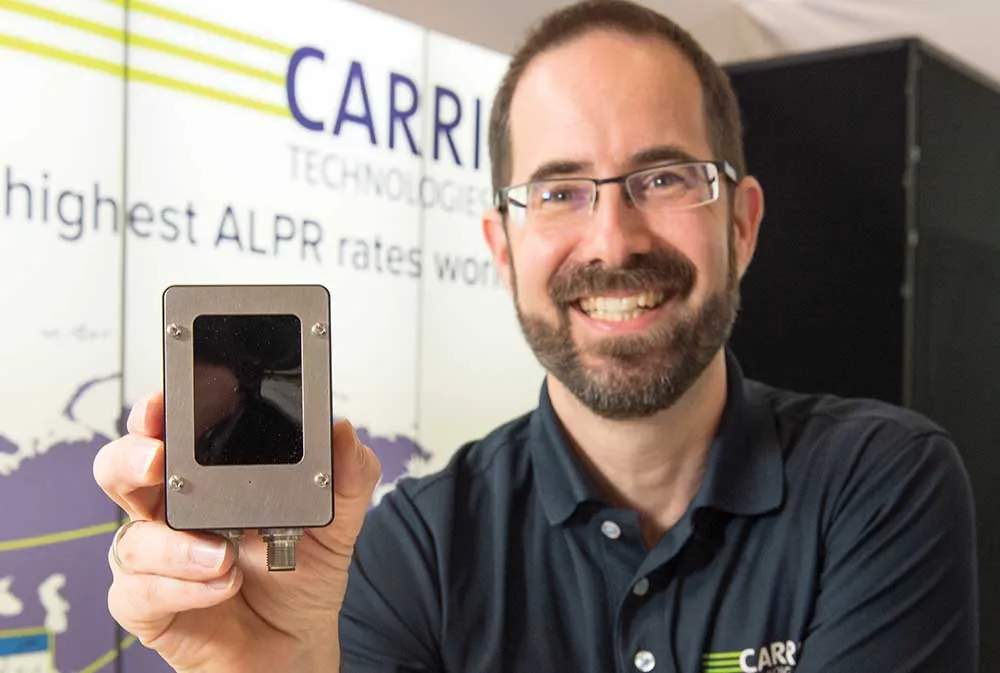The Almex division of the Hoeft & Wessel Group has unveiled a new generation of compact, onboard computers with integrated ticket printer for use on buses and trams. The new almex.optima bl model, which supports ITCS and telematics applications, comes with a clear interface that is easy to operate, even for passengers with disabilities. The driver is presented with easy-to-operate functions via a keyboard with selective illumination of keys and a brilliant VGA colour display.
February 3, 2012
Read time: 1 min
The Almex division of the Hoeft & Wessel Group has unveiled a new generation of compact, onboard computers with integrated ticket printer for use on buses and trams.
The new almex.optima bl model, which supports ITCS and telematics applications, comes with a clear interface that is easy to operate, even for passengers with disabilities. The driver is presented with easy-to-operate functions via a keyboard with selective illumination of keys and a brilliant VGA colour display.
The device supports contactless payments using debit cards like payWave and PayPass, and also e-ticketing in accordance with the ITSO standards for the UK, Calypso and 3DES hardware encryption for southern Europe, and VDV-KA for Germany. The integration of a high-speed ticket printer speeds up the processing of passengers and therefore cuts the time standing at stops.
The new almex.optima bl model, which supports ITCS and telematics applications, comes with a clear interface that is easy to operate, even for passengers with disabilities. The driver is presented with easy-to-operate functions via a keyboard with selective illumination of keys and a brilliant VGA colour display.
The device supports contactless payments using debit cards like payWave and PayPass, and also e-ticketing in accordance with the ITSO standards for the UK, Calypso and 3DES hardware encryption for southern Europe, and VDV-KA for Germany. The integration of a high-speed ticket printer speeds up the processing of passengers and therefore cuts the time standing at stops.










